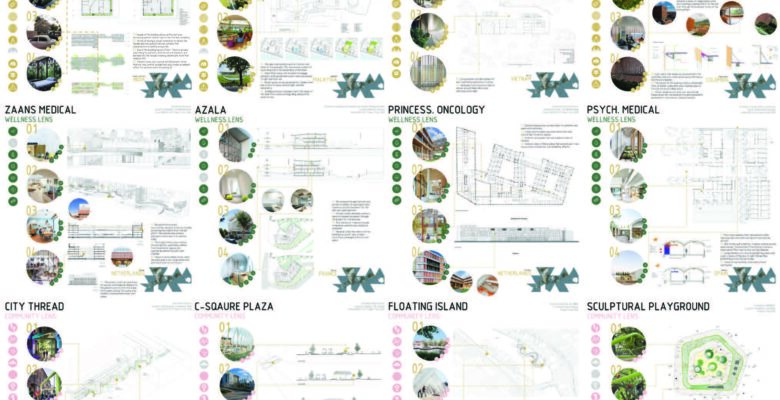What design strategies should be used for expanding the boundary of healthcare facilities beyond the conventional norm? How could design practice create a facility that is more than a community wellness center? This paper focuses on the expansion and decentralization of healthcare within a community context. For academics and practitioners, the changing landscape of the healthcare system has offered different opportunities within the built environment to enhance the community’s well-being. To establish a point of departure, this study employs the methodology developed in an earlier collaborative academic research based on a series of in-depth and systematic precedents study to investigate and identify the embedded spatial principles underlying social characteristics of a set of selected healthcare cases, generating a repertoire. As a result of this research, design patterns were created to develop a program framework through three lenses of focus: Patterns of Biophilic Design, WELL Building Standard®, and Community-based Design. The methodology extracted from the case studies analysis is mapped into analyzing Piedmont Pinewood Wellness Center. This case study has been selected because of its intent to invest community-based wellness globally by a healthcare system, which offers an inspiration resource related to redefining programs within a medical facility. Its community is addressed via non-medical determinants. The finding unfolds how a facility could holistically operate as a place for the physical, mental health of the individuals and the well-being of the community.
This article originally appeared in Vol 13.01 of the Perkins&Will Research Journal. CLICK HERE to see the whole article.

